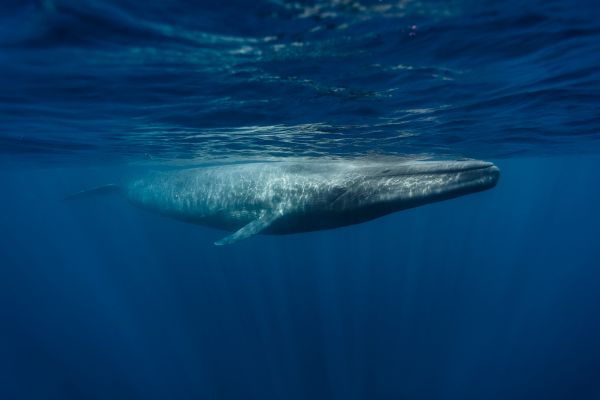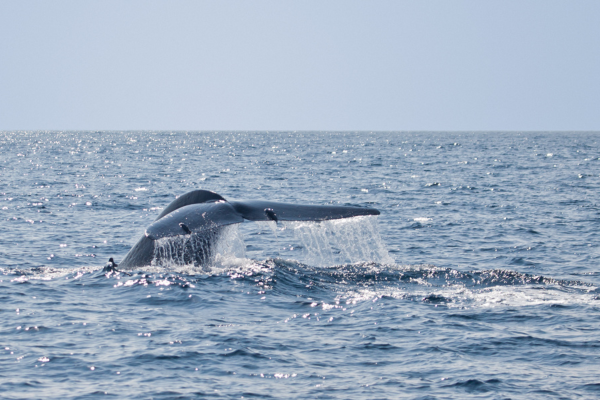Gentle Giants of the Indian Ocean: Exploring the Blue Whales of Sri Lanka – By Bhanuka – eLanka

Sri Lanka, a jewel in the Indian Ocean, is not only renowned for its rich cultural heritage and stunning landscapes but also for being a sanctuary for one of the ocean’s most majestic creatures – the blue whale. In this article, we embark on a journey to discover the awe-inspiring world of blue whales in the waters surrounding Sri Lanka, exploring their significance, behavior, and the efforts in place to conserve and protect these gentle giants.
The Blue Whales of Sri Lanka:
- Magnificent Marine Beings: Sri Lanka is globally recognized as one of the best locations to witness the largest animals on Earth – the blue whale (Balaenoptera musculus). These magnificent creatures, with their distinctive bluish-gray color and enormous size, draw nature enthusiasts and researchers alike to the island’s shores.
- Migration Patterns: The waters off Sri Lanka’s southern coast, particularly around Mirissa, attract a significant population of blue whales during their migration routes. The Indian Ocean becomes a vital corridor for these giants as they traverse from the Antarctic to the Arabian Sea, providing a unique opportunity for whale watching.
Behavioral Insights:
- Feeding Habits: Blue whales are filter feeders, primarily consuming tiny shrimp-like animals called krill. Sri Lanka’s rich marine ecosystem, with an abundance of krill, supports the feeding habits of these colossal marine mammals.
- Breaching and Tail Slapping: Blue whales are known for their acrobatic displays, often breaching the water’s surface and engaging in behaviors like tail slapping. These behaviors serve various purposes, from communication to courtship rituals.

Conservation Efforts:
- Marine Protected Areas: Sri Lanka has designated Marine Protected Areas (MPAs) to safeguard the habitats crucial for blue whales and other marine life. Establishing these zones helps mitigate the impact of human activities on the whales’ environment.
- Responsible Whale Watching: Sri Lanka has implemented guidelines for responsible whale watching practices to ensure that these incredible creatures are observed without causing them stress or harm. This includes maintaining a safe distance and limiting the number of boats in proximity to the whales.
- Research and Education: Ongoing research initiatives focus on understanding the blue whales’ behavior, population dynamics, and migration patterns. Additionally, educational programs aim to raise awareness about the importance of conservation efforts and sustainable practices.
Challenges and Future Outlook:
- Threats to Blue Whales: Despite conservation efforts, blue whales face threats from maritime traffic, habitat degradation, and climate change. Collisions with ships and entanglement in fishing gear are among the critical challenges that require continuous attention.
- International Collaboration: Protecting blue whales requires international collaboration. Sri Lanka, along with neighboring countries, actively participates in regional initiatives and agreements to address transboundary conservation issues and promote the well-being of these marine giants.
Conclusion:
Sri Lanka stands as a guardian of the ocean’s gentle giants, the blue whales. As the country continues to balance the thriving whale watching industry with conservation efforts, it holds a promising future for these magnificent creatures. With ongoing research, responsible tourism practices, and global cooperation, Sri Lanka is playing a crucial role in ensuring that the blue whales continue to grace its waters for generations to come.







